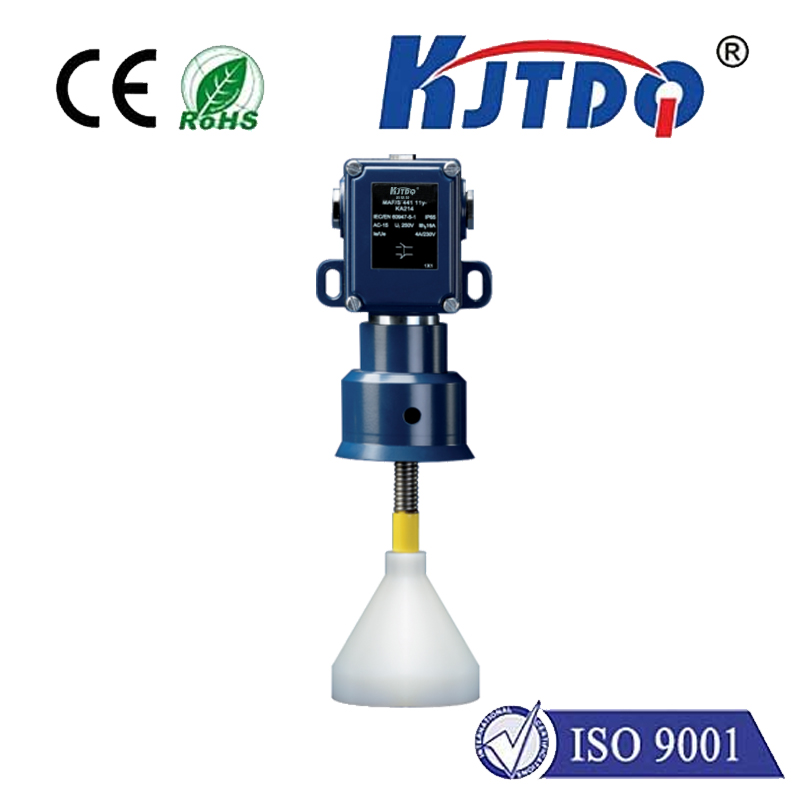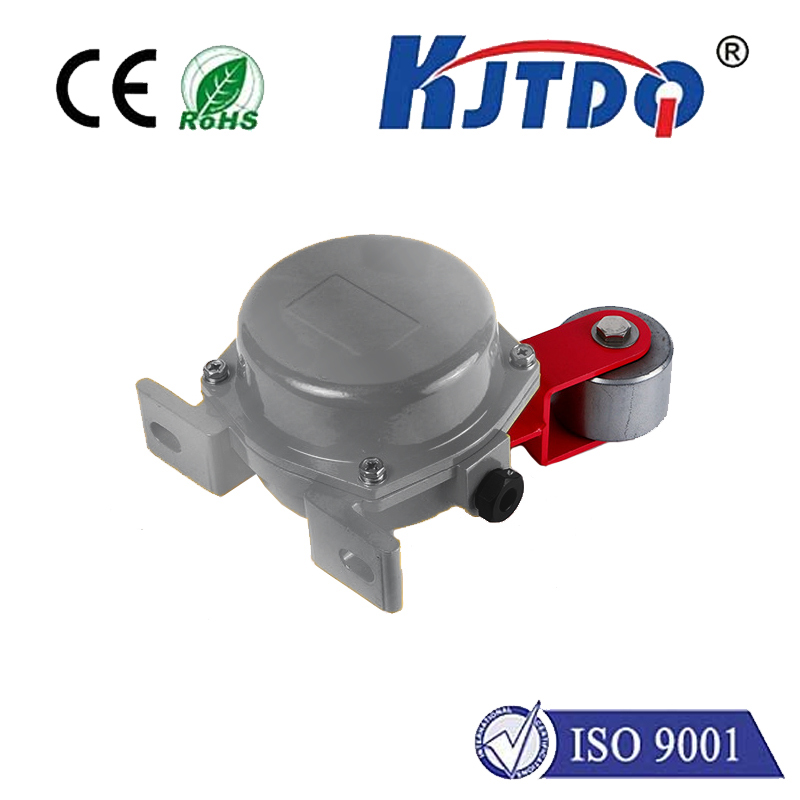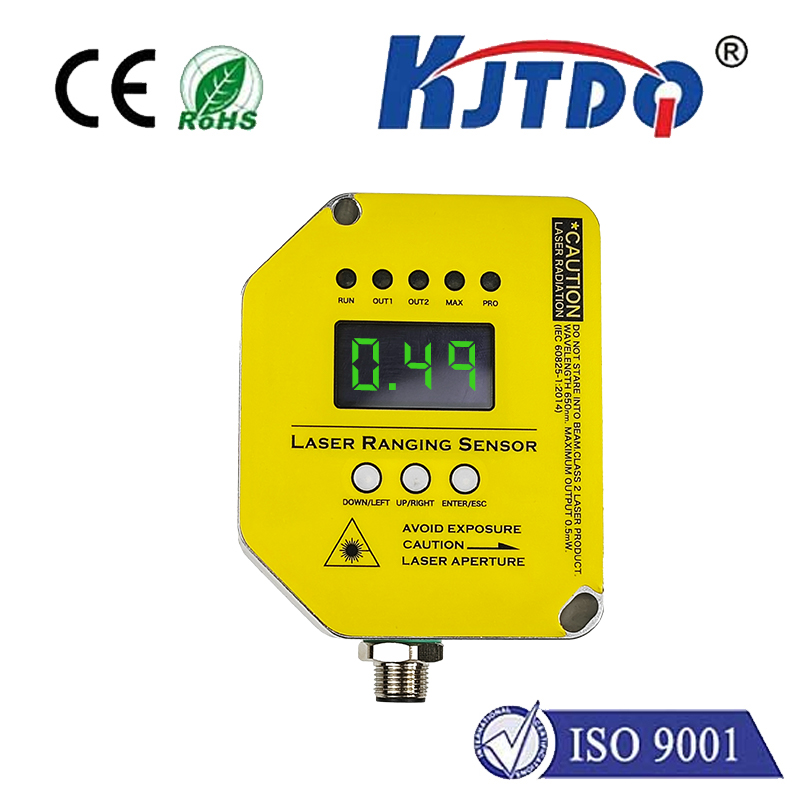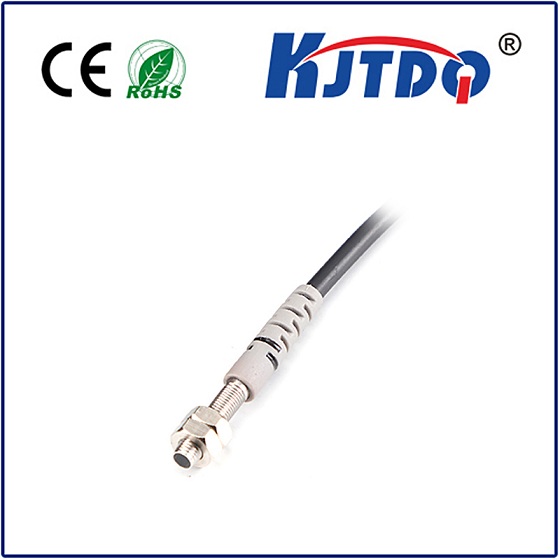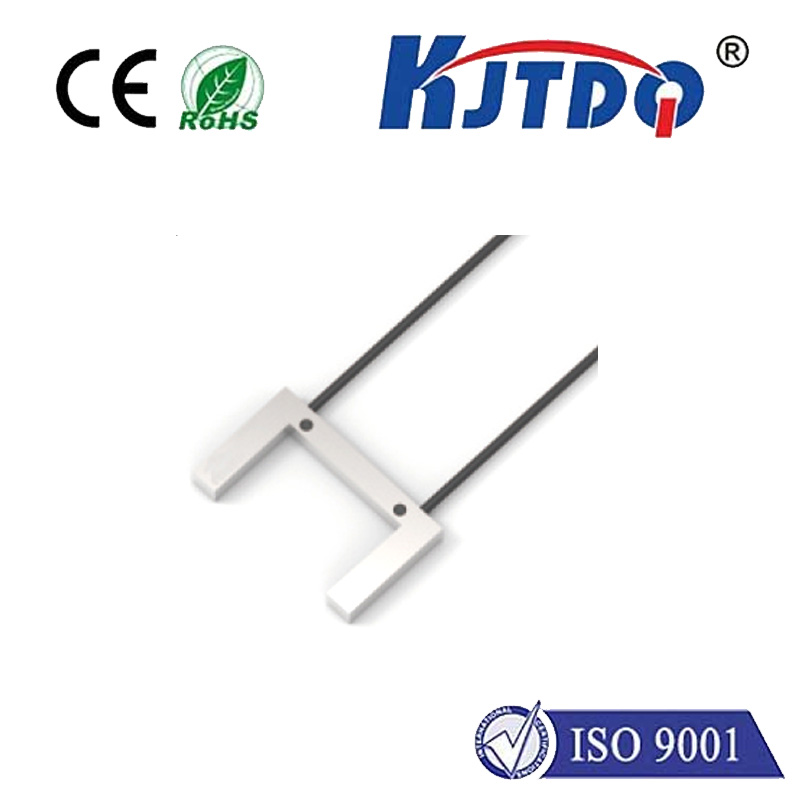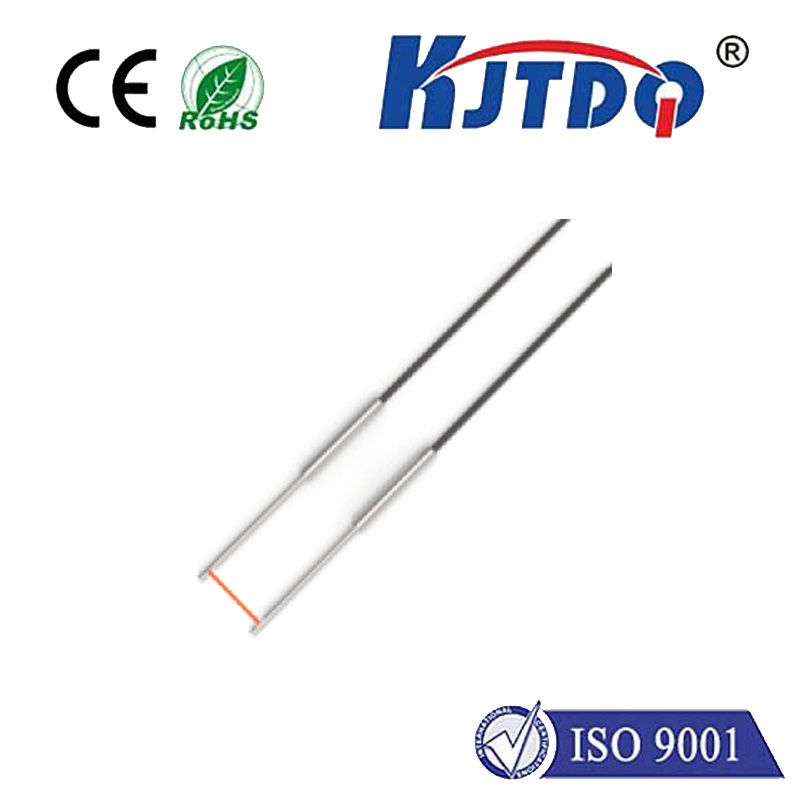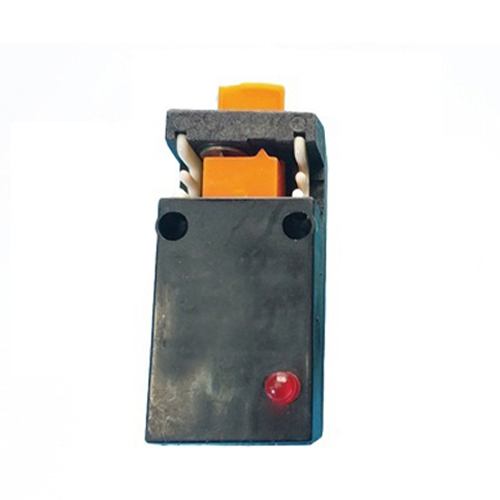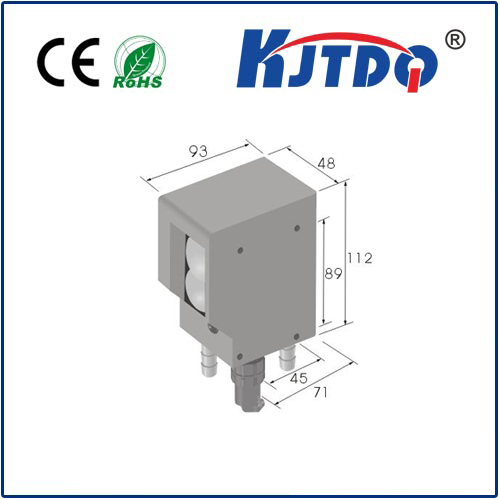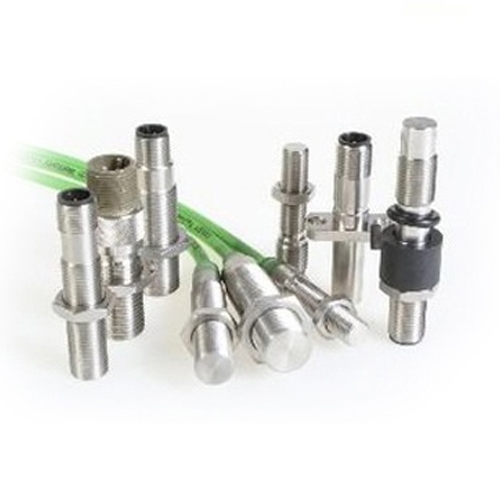

check

check

check

check

check

check

check

check

check

check
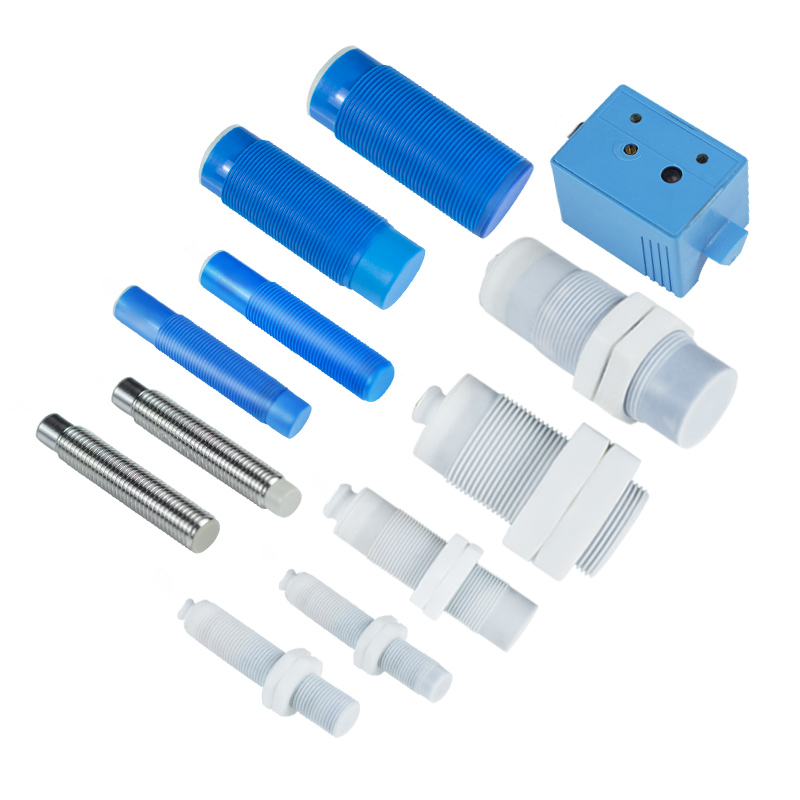
Capacitive sensors are one of the common sensors in daily life and are widely used in various fields, such as industrial control, smart homes, medical equipment, etc. There are three main types of capacitive sensors, namely capacitive displacement sensors, capacitive pressure sensors, and capacitive level sensors.
1. Capacitive displacement sensor
The capacitive displacement sensor is a high-precision sensor mainly used to measure the displacement and position changes of objects. It works by using changes in capacitance to measure the displacement of an object. When an object is displaced, the capacitance value between the electrodes will change. By measuring the change in capacitance value, the displacement of the object can be calculated. The advantages of capacitive displacement sensors are high accuracy, fast response, and good stability. They are suitable for occasions that require high-precision displacement measurement, such as mechanical processing, aerospace, etc.
2. Capacitive pressure sensor
Capacitive pressure sensor is a sensor used to measure pressure. Its working principle also uses changes in capacitance to measure pressure. In a capacitive pressure sensor, there is a pressure-sensitive element that deforms when subjected to pressure, thereby changing the capacitance value between the electrodes. By measuring the change in capacitance, the amount of pressure can be calculated. The advantages of capacitive pressure sensors are high sensitivity, high accuracy, and good stability. They are suitable for situations that require high-precision pressure measurement, such as weather monitoring, industrial control, etc.
3. Capacitive liquid level sensor
Capacitive liquid level sensor is a sensor used to measure liquid level. Its working principle is also to measure liquid level through changes in capacitance. In a capacitive liquid level sensor, there is a container with an electrode inside. When the liquid level rises or falls, the capacitance value between the electrode and the container changes. By measuring the change in capacitance value, the height of the liquid level can be calculated. The advantages of capacitive liquid level sensor are fast response, high accuracy and good stability. It is suitable for occasions requiring high-precision liquid level measurement, such as petrochemical industry, food processing, etc.
To sum up, there are many types of capacitive sensors, each type has its unique application scenarios and advantages. No matter what type of capacitive sensor they are, they all have the advantages of high accuracy, fast response, and good stability. In addition, with the continuous development of technology, the performance and functions of capacitive sensors are also continuously enhanced, and they are expected to be applied and promoted in more fields in the future.
When choosing a capacitive sensor, you need to make a selection based on the actual application scenario and needs. At the same time, attention needs to be paid to key indicators such as sensor accuracy, response speed, and stability, as well as sensor installation and maintenance requirements. Only by choosing the appropriate capacitive sensor can we meet the needs of practical applications and improve production efficiency and quality of life.
Finally, I hope this article can help readers better understand the three types and application scenarios of capacitive sensors, as well as their advantages and precautions. Let us pay attention to and explore this area full of opportunities and challenges together, and contribute to future technological progress and improvement of quality of life.

